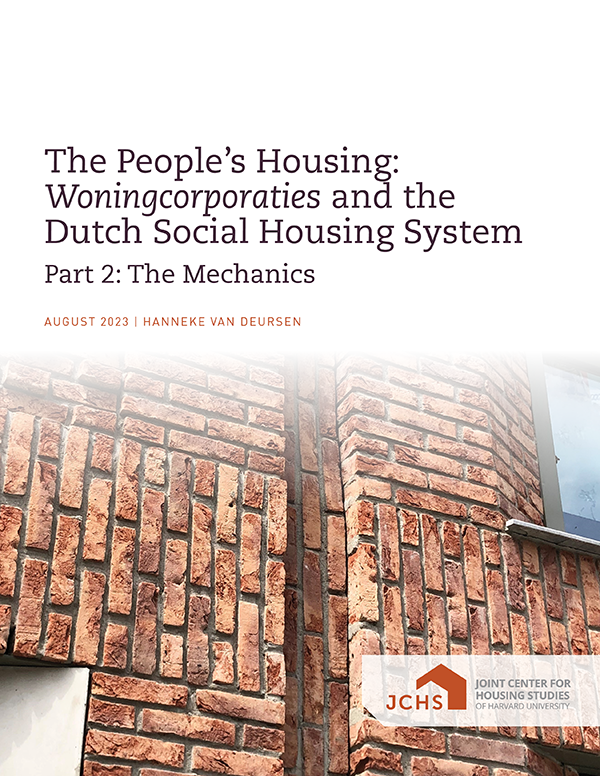The People’s Housing: Woningcorporaties and the Dutch Social Housing System - Part 2: The Mechanics
This paper is the second part of a study on the Dutch social housing system. The first paper traced the history of the system. Nonprofit housing associations (called woningcorporaties) date back to the mid-nineteenth century; they have proven resilient through two postwar housing crises, economic depressions, and neoliberal budget cuts, adapting to the needs and resources of each of these eras. Today, the system is adapting again, as housing associations are mobilized to combat the housing shortage and the climate crisis. In short, that paper explained that the modern social housing system’s self-sufficiency is built on the public investments made in its past iterations. This second part of the study will take a look under the hood and detail the mechanics of the system today, from institutional structure, to governance relationships, to financing mechanisms. By walking through each of the institutions and policies involved in the system’s elegant network of checks and balances, this paper shows how the gears turn together. The unique funding mechanisms and the techniques of governance in the Dutch social housing system establish a financially stable social housing sector that fosters innovation in housing production and sustainability. Informed by printed materials, most of them in Dutch, as well as over twenty interviews with professionals in and around the social housing sector, this study captures a complex and dynamic system that is under-documented in English. My hope is that this study will render the Dutch model visible, so that its innovations can be shared with a broad and international audience.

